Ammonia is one of the most important chemicals in the world, essential for growing crops and feeding billions of people. Traditionally, making ammonia has required enormous amounts of energy and fossil fuels, leading to significant carbon emissions. But now, a new scientific breakthrough is changing the game: scientists have developed a way to make ammonia out of thin air using artificial lightning, with no need for fossil fuels. This innovation could have a huge impact on agriculture, the environment, and the global economy.
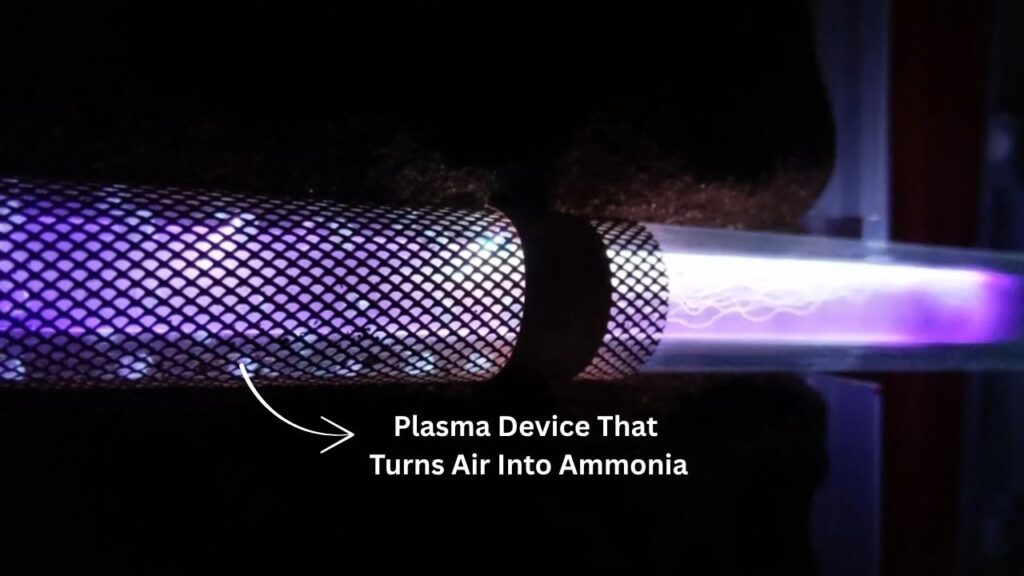
Scientists Use Lightning to Make Ammonia Out of Thin Air Without Fossil Fuels
| Feature | Details |
|---|---|
| Breakthrough | Ammonia produced from air using electricity and artificial lightning |
| Traditional Method | Haber-Bosch process: fossil fuel-dependent, high carbon footprint |
| New Method | Plasma-based, membrane-electrolyser process; produces ammonia gas directly |
| Environmental Impact | Low carbon emissions, no fossil fuels required |
| Scalability | Decentralized, low-cost, suitable for rural and off-grid areas |
| Global Importance | Ammonia is vital for fertilizer, supporting nearly half of the world’s food supply |
| Official Source | University of Sydney – Ammonia Innovation |
The discovery of a way to make ammonia from air using artificial lightning is a major scientific achievement. It offers a cleaner, greener, and more flexible way to produce one of the world’s most important chemicals. By removing the need for fossil fuels and reducing carbon emissions, this technology could transform agriculture, industry, and energy. As the world faces the challenges of climate change and food security, innovations like this give us hope for a more sustainable future.
Understanding Ammonia: Its Role and Importance
Ammonia (NH₃) is a simple molecule, but it plays a huge role in our lives. Most people know it as a cleaning product, but its most important use is in agriculture. Ammonia is the key ingredient in most fertilizers, which help plants grow faster and healthier. Without ammonia-based fertilizers, the world would struggle to produce enough food for everyone.
- Global Impact: About 80% of all ammonia produced is used for fertilizers. This supports nearly half of the world’s food production.
- Other Uses: Ammonia is also used in refrigeration, cleaning products, water purification, and as a building block for many chemicals.
The Traditional Way: The Haber-Bosch Process
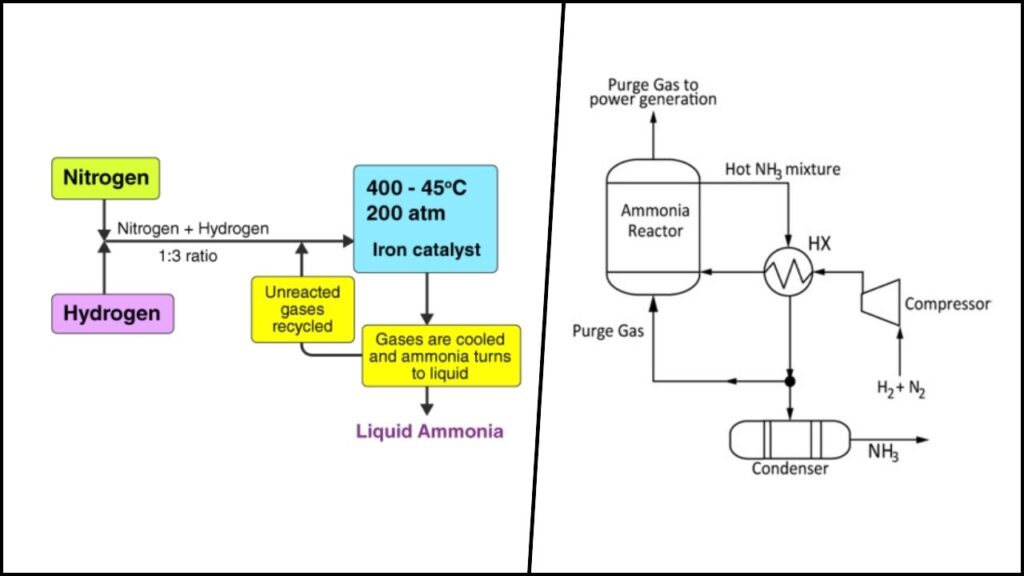
For over a century, ammonia has been made using the Haber-Bosch process. This method combines nitrogen from the air with hydrogen (usually from natural gas) under very high temperature and pressure. It was a revolutionary invention, but it has some serious downsides:
- Energy Intensive: The process uses about 1-2% of the world’s total energy supply.
- Fossil Fuel Dependency: Most hydrogen comes from natural gas, a fossil fuel.
- High Carbon Emissions: Ammonia production is responsible for about 1.8% of global carbon dioxide emissions.
- Centralized Production: Huge, expensive factories are needed, often located near sources of cheap natural gas.
As the world tries to reduce carbon emissions and move away from fossil fuels, scientists have been searching for a cleaner, more sustainable way to make ammonia.
The New Breakthrough: Making Ammonia with Artificial Lightning
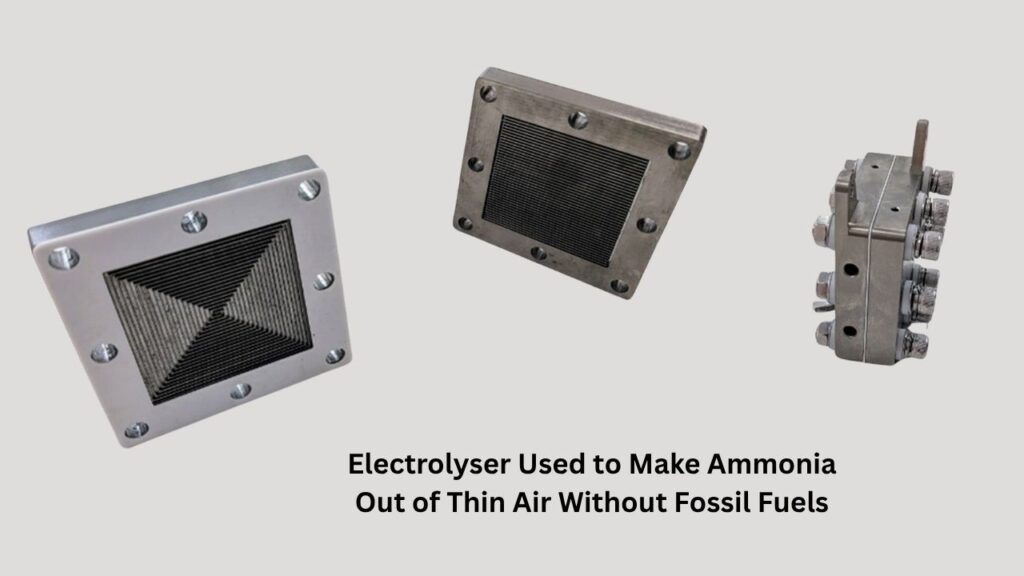
How Does It Work?
Researchers at the University of Sydney have developed a new method that uses electricity to create plasma—a state of matter similar to lightning. This plasma excites nitrogen and oxygen molecules from the air, making them react with water to form ammonia. The process is done at room temperature and normal pressure, using a special membrane-based electrolyser.
Step-by-Step Process
- Air Intake: Ordinary air, which is about 78% nitrogen and 21% oxygen, is used as the starting material.
- Plasma Generation: Electricity is used to generate plasma, a super-energized state of gas, similar to the effect of lightning in a thunderstorm.
- Molecule Excitation: The plasma excites nitrogen and oxygen molecules, making them more reactive.
- Electrolysis: The excited molecules are passed through a membrane-based electrolyser, where they react with water to form ammonia gas (NH₃).
- Ammonia Collection: The ammonia gas is collected and can be used directly for fertilizer or other purposes.
What Makes This Method Special?
- No Fossil Fuels: The process uses only air, water, and electricity. If the electricity comes from renewable sources like solar or wind, the entire process is carbon-free.
- Low Carbon Footprint: Unlike the Haber-Bosch process, this method does not release carbon dioxide.
- Decentralized Production: The equipment can be small and modular, allowing ammonia to be produced locally, even in rural or remote areas.
- Direct Gas Production: The process produces ammonia as a gas, which is easier to collect and use than ammonia dissolved in water.
Why This Matters: Impacts and Opportunities
For Agriculture
- Sustainable Fertilizer: Farmers can produce their own ammonia-based fertilizer on-site, reducing costs and dependence on global supply chains.
- Empowering Rural Communities: Small-scale ammonia generators could help farmers in developing countries increase crop yields and improve food security.
- Reduced Environmental Impact: Cleaner fertilizer production means less pollution and a smaller carbon footprint for agriculture.
For Industry
- Flexible Production: Industries can set up ammonia production wherever it’s needed, without relying on massive factories.
- Lower Costs: Decentralized production reduces transportation and storage costs.
- Innovation Opportunities: Ammonia can be used as a clean fuel or hydrogen carrier, opening new markets and technologies.
For the Environment
- Climate Change Mitigation: By cutting out fossil fuels, this method helps reduce greenhouse gas emissions.
- Cleaner Air and Water: Less pollution from fertilizer factories and transportation means healthier environments for people and wildlife.
The Science Behind Plasma and Membrane Electrolysis
What Is Plasma?
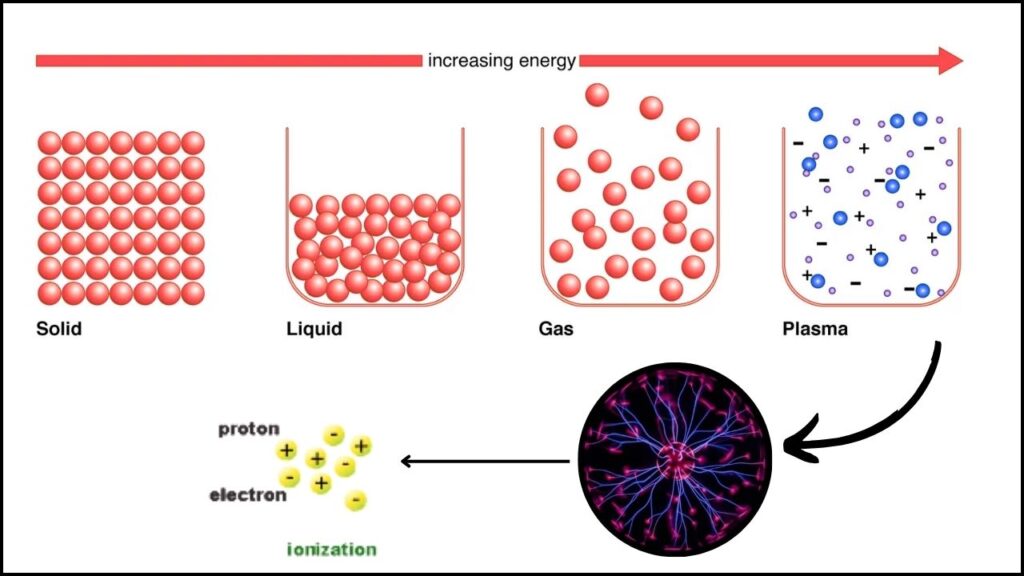
Plasma is often called the fourth state of matter, after solid, liquid, and gas. It’s what you see in lightning, neon signs, and some types of TV screens. In this process, plasma is created by passing electricity through air, which energizes the nitrogen and oxygen molecules.
How Does Membrane Electrolysis Work?
A membrane electrolyser is a device that uses electricity to drive a chemical reaction through a special membrane. In this case, it helps combine the excited nitrogen and oxygen molecules with water, forming ammonia. The membrane also helps separate the ammonia gas from other byproducts, making the process efficient and clean.
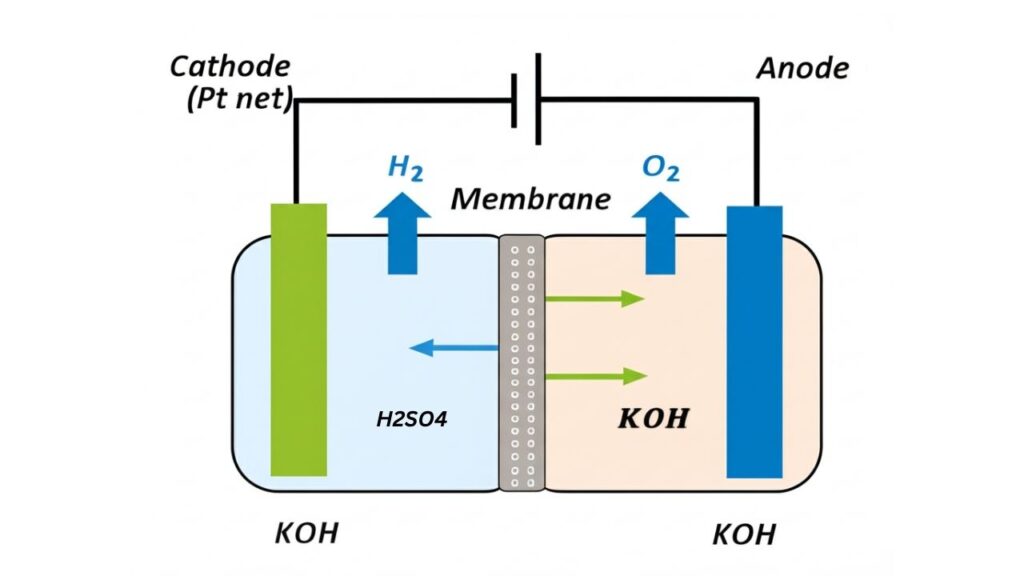
Real-World Examples and Future Applications
Local Fertilizer Production
Imagine a small farm in a remote village. Instead of waiting for fertilizer shipments, the farmer could use a small plasma-based ammonia generator, powered by solar panels, to produce fertilizer on-site. This would save money, reduce delays, and make the farm more self-sufficient.
Clean Energy and Hydrogen Storage
Ammonia is being explored as a way to store and transport hydrogen, which is a key part of the future clean energy economy. Green ammonia could be used as a fuel for ships, trains, or even power plants, helping to reduce reliance on fossil fuels.
Disaster Relief and Emergency Use
In disaster zones or during supply chain disruptions, portable ammonia generators could provide a quick and reliable source of fertilizer, helping communities recover faster and maintain food production.
Johnson & Johnson Reveals Smart Contact Lenses That Push Optical and Material Science Limits
New Quantum State Discovery Set to Revolutionize Material Science Worldwide
FAQs About Scientists Use Lightning to Make Ammonia Out of Thin Air Without Fossil Fuels
What is ammonia used for?
Ammonia is mainly used to make fertilizers, which help crops grow. It’s also used in cleaning products, refrigeration, water purification, and as a possible clean fuel.
Why is the Haber-Bosch process harmful to the environment?
It uses large amounts of energy from fossil fuels and produces significant carbon dioxide emissions, contributing to climate change.
How does the new plasma method help fight climate change?
By using electricity (which can be renewable) instead of fossil fuels, it greatly reduces greenhouse gas emissions from ammonia production.
Can this technology be used anywhere?
Yes. Because it doesn’t require huge factories or natural gas, it can be used in rural, off-grid, or developing areas.
Is the new method available now?
The technology has been proven in the laboratory and is being developed for commercial use. Experts expect it to be available for wider use in the coming years.






